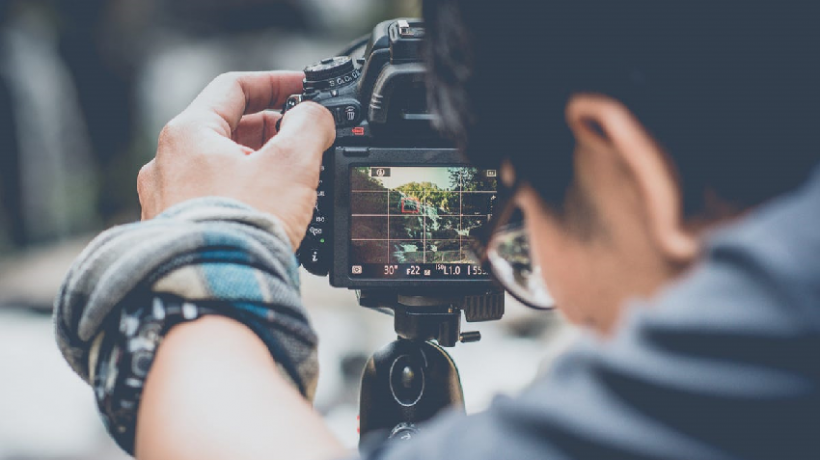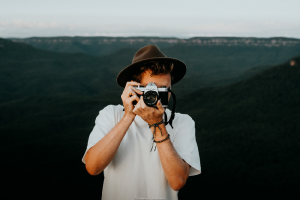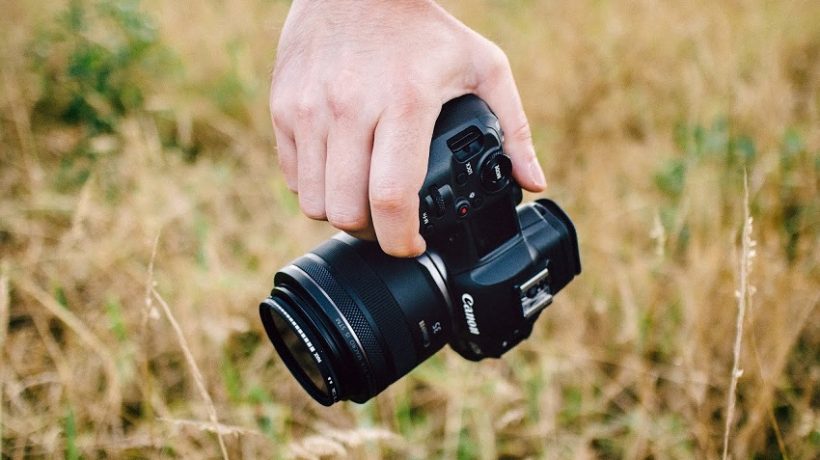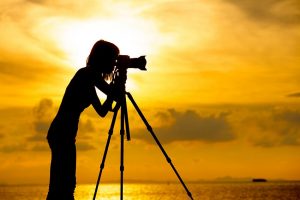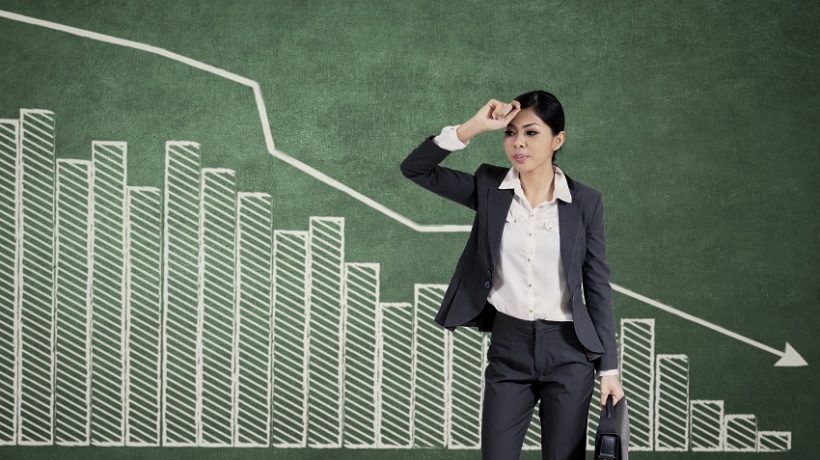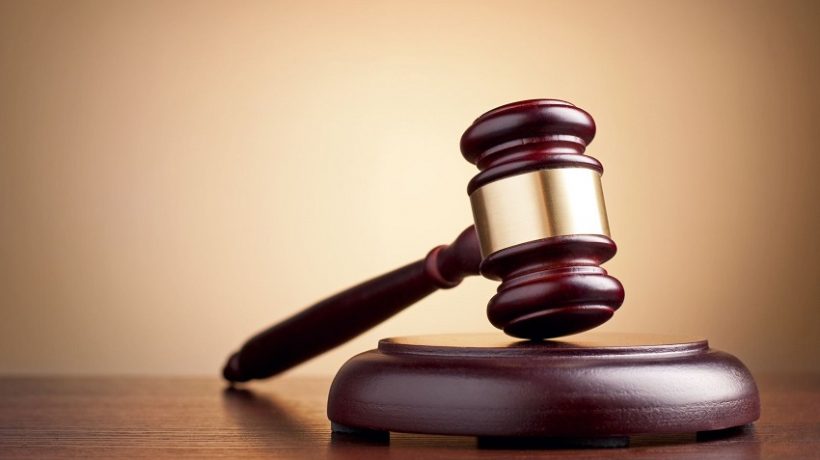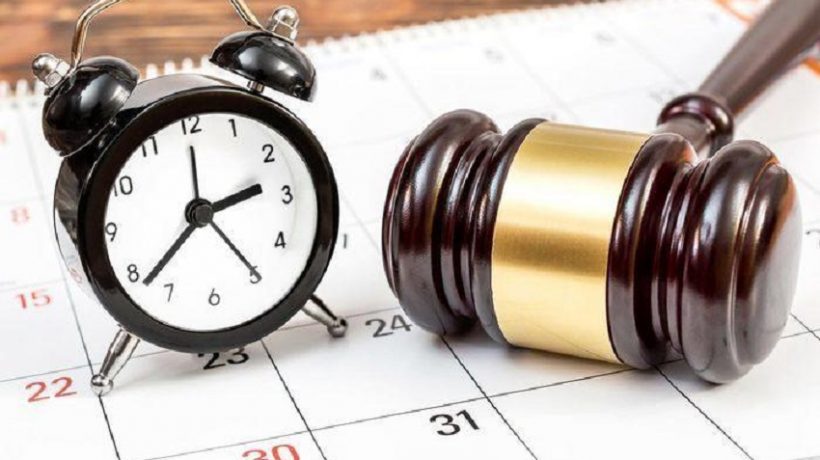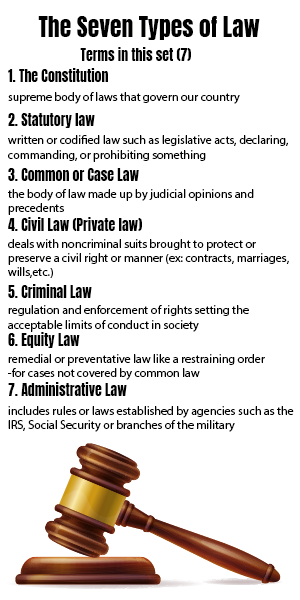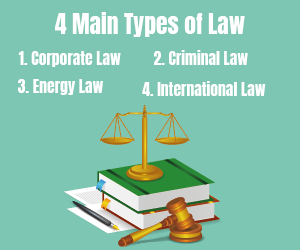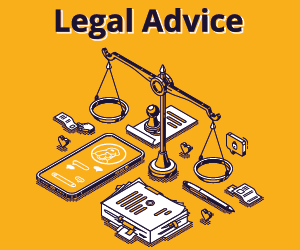Capturing the moment through photography is a concept that has been present in our society since the creation of the first camera. Whether it is to have a “visual memory”, capture the details of a facial expression, show the beauty of a city, or the details of a product for merchandising. Currently, almost everyone wants to take pictures at certain times, either with a camera or a mobile.
However, professional cameras go much further and allow us to reach the pinnacle of photography quality. Over time, they have become the best tool for any type of photography that we want to do and are suitable for both amateur and professional use. In this article, you will discover everything you need to know about professional cameras in order to choose the one that best suits your tastes and needs.
The Most Important
- Professional cameras are complex electronic devices, due to their large number of components. These work together to provide photos with great image quality.
- Not all professional cameras are the same, each one has certain components as well as specific characteristics. Professional cameras can be classified into different types according to their mode of operation, style/type of photography, and characteristics of their components.
- When choosing a professional camera, several aspects must be taken into account, such as the type of photography we want to take, the use we are going to give the camera, and our level of skill in the field of photography.
The Best Professional Cameras On The Market: Our Recommendations
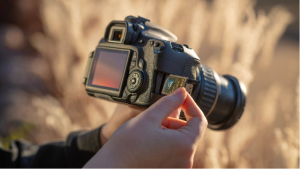
Sometimes it can be complex to choose a professional camera due to all its elements, characteristics, and typologies. But don’t worry, because we have prepared a special selection of the best professional cameras on the market and we have classified them into different types to make it easier for you to choose your professional camera.
Buying Guide: What You Should Know About Professional Cameras
Professional cameras due to their various components are considered complex electronic devices. This offers us a lot of flexibility when taking photos and allows us to adapt the camera to our tastes and photography preferences.
However, sometimes the complexity of its operation can overwhelm people who do not have an advanced command of photography and the use of cameras. Whatever your case, don’t worry, because we have prepared a guide answering the most common questions from users.
What Are Professional Cameras?
Professional cameras are electronic devices of a certain complexity due to all the elements that compose them and their operating process. They usually have an interchangeable lens that allows us to modify the zoom range with great image quality.
They stand out for the large number of manual adjustments they have since it is very versatile. And customizable product and we can adapt it according to our tastes and photography technique/style. They have an electronic viewfinder and a large photosensitive surface.
What Elements Makeup Professional Cameras?
One of the main characteristics of professional cameras is the great variety of elements that compose them. All of them are necessary to obtain a good image quality and the final result of the photograph. Next, you will discover what they are:
Objective: It is an optical system that is made up of a set of convex lenses. It is the part of the camera that directs light rays towards the sensor. Its two main characteristics are the focal length and the coverage angle. The focal length (zoom) is expressed in millimeters. And determines how close the image is. The angle of coverage is the field of view covered by the target. If the focal length is longer, the angle of coverage will be smaller.
Diaphragm: It is located inside the lens and its function is to adjust the intensity of the light that reaches the sensor.
Sensor: Its function is to transform the optical image created by the objective into a series of electrical signals that will give rise to the digital image.
Viewfinder: It is the component of the camera that allows framing and focusing the image. It also allows you to preview the photo before taking it.
Shutter: Its main function is to control the exposure time. And the light to which the sensor will be exposed.
Screen: It is a characteristic component, especially in digital cameras. Its main functions are to display the images behind the photos, preview the image, and access the camera configuration settings.
Buttons and control dials: SLR cameras tend to have more buttons as their use is more complex, while compact cameras tend to have fewer. They allow you to control the camera settings as well as the photography parameters.
What Types Of Professional Cameras Are There?
Today we can find a wide variety of cameras on the market according to their style, level of photography, and mode of operation. However, within cameras for professional use, we can distinguish three types of cameras. High-end compact cameras, reflex or DSLR cameras, mirrorless cameras, and medium format cameras.
Compact cameras differ mainly by their fixed lens, that is, they do not have an interchangeable lens. This makes them lighter and easier to use. However, only the high-end ones are of a professional level.
The higher-end ones offer a larger sensor, better image quality, and usually include better optics and luminosity.
SLR or DSLR cameras are the ones that are most often classified as professional cameras. They use a mirror (reflex) that reflects light and directs it towards the viewfinder. They are cameras with a more complex operation, larger, and with enormous image quality.
Mirrorless cameras, on the other hand, do not have a mirror or an optical viewfinder. They use an electronic viewfinder and their size is smaller. Medium format cameras are mainly known for the large size of their sensors. Which provides images with a very wide dynamic range.
You may also be interested in PHOTOGRAPHY TIPS, 5 SUPER USEFUL TIPS TO START APPLYING






